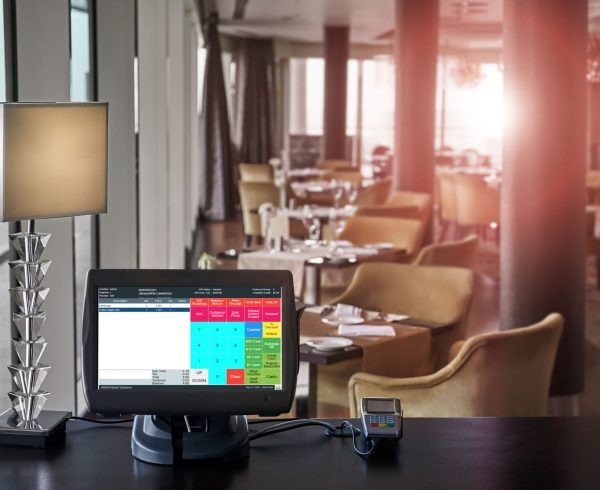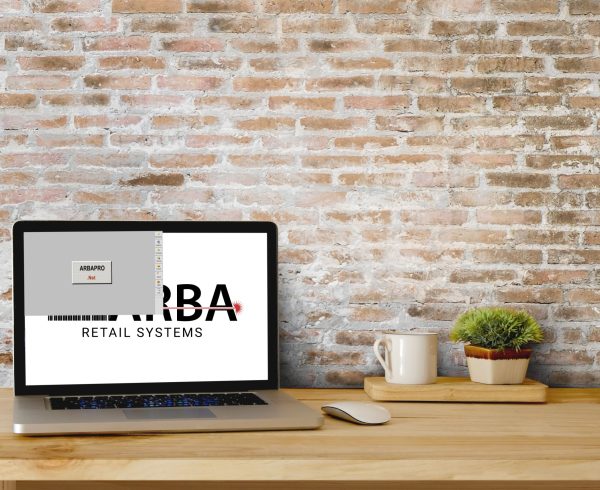POS security is crucial in reducing high-profile data breaches. Customer payment information involving security compromises was seen within Target, Home Depot, Wendy’s, and many others this last decade. The most common breaches are data breaches involving attackers accessing POS systems with malware which compromises customer data, including credit card information.
Retail, food service, hospitality, and other industries that rely on POS systems are taking cautious steps to improve the security of their POS systems in anticipation of attacks. Even though POS software itself is unhackable, the data platform (servers, desktops, and other devices) it may be on could.
Organizations that leverage non-Cloud POS solutions leverage:
- Malware Protection
- Data Security
- User Accessibility

Malware Protection
- Lockdown POS systems from email and browser apps can block malware introduction.
- Timely installation of POS system updates that contain up-to-date and critical security patches which prevent common security vulnerabilities
- Run antivirus and antimalware in addition to firewall and intrusion detection systems

Data Security
- End-to-end encryption for all POS data
- POS system monitoring expose indicators of compromise. These include anomalous log-in patterns, data flows, network activity, and access attempts to sensitive data
- Network segmentation of POS systems can provide an effective measure of containment, and allowing only POS data traffic to payment gateways could effectively identify a breach or compromise

User Accessibility
User Accessiblity
- POS system vulnerability testing should and must be done on an ongoing basis, especially after key updates and software enhancements.
- The use of secure passwords and two-factor authentication could provide additional protection against unauthroization
- Employee setting adjustments and monitoring
See More Information: https://arbapro.com/blog/
Author: Arshad Osmani






